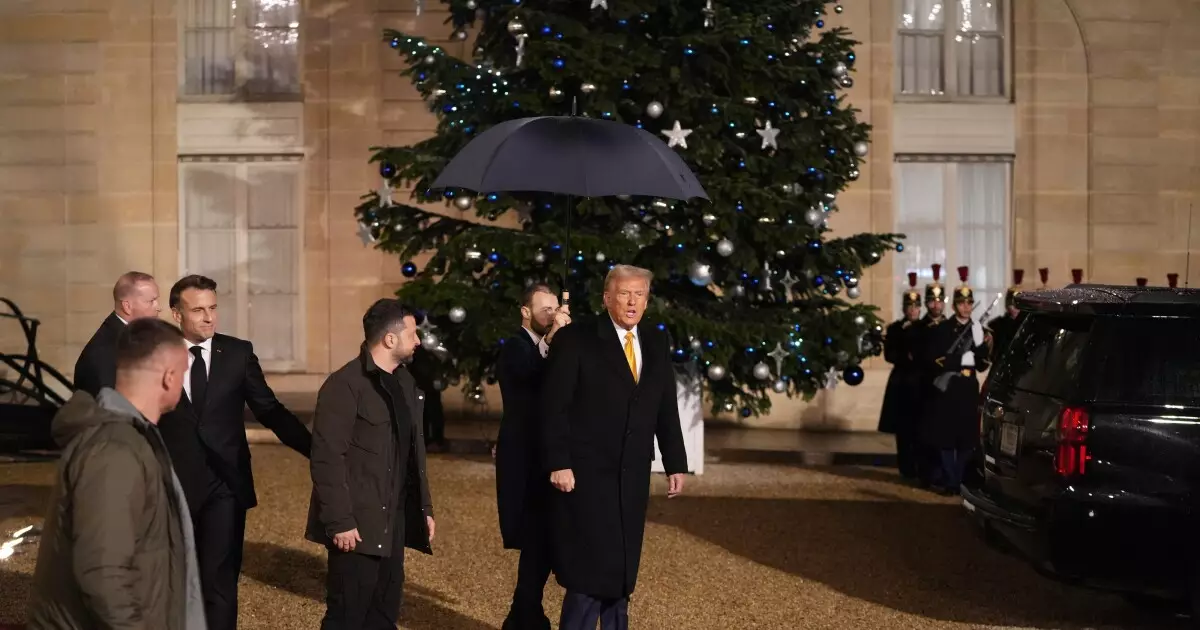The public infrastructure landscape is poised for a transformative year ahead, navigating through a convoluted political environment. As stakeholders brace for a potential influx of projects, the looming question remains: how will shifting political priorities impact vital funding mechanisms? While there’s a renewed interest in infrastructure catalyzed by the Infrastructure Investment and Jobs Act (IIJA), only a fraction has been utilized, casting a shadow of uncertainty as the 2024 elections approach.
Discourse surrounding the public infrastructure market often interlaces optimism with trepidation. Currently, the IIJA, a cornerstone piece of legislation passed under President Biden’s administration, has seen only about half of its funding expended due to a varied array of competing interests. With Donald Trump’s anticipated return to the political forefront, stakeholders are wary of shifts in funding distributions. Historical trends suggest a potential gravitation back to conventional funding formulas favored by Republicans, raising alarms for projects that rely heavily on competitive grants introduced under the IIJA.
The complexities escalate with the upcoming 119th Congress set to revive discussions on surface transportation legislation. Key Republican figures have criticized the IIJA’s framework, which they perceive as overly reliant on competitive grants. This could lead to a pivot back toward traditional funding methods, disadvantaging innovative projects that were foregrounded during the Biden administration.
The energy sector appears particularly vulnerable in this political upheaval, with Trump’s vow to lower energy prices impacting project initiations significantly. Investments in clean energy—fueled largely by the Inflation Reduction Act (IRA)—may decline, particularly if GOP leaders successfully dismantle Biden’s climate strategies. Public-private partnerships (P3s) could take precedence as local and state governments scramble to secure finances following the expiration of COVID-19 stimulus funds, coupled with anticipated federal budget cuts.
Efforts to sustain infrastructure investment will be closely tied to interest rates, which have slumped recently, promising better deal flow for infrastructure investment funds. Projections for municipal bond supply are noteworthy, showing a range between $480 billion and $745 billion by 2025. Analysts are predicting a robust issuance rate as municipalities rush to secure financing, anticipating unfavorable changes in congressional legislation.
Continued Uncertainty in Infrastructure Projects
With the IIJA in its third year and $294 billion still on the table, reluctance to spend these funds is expected to remain low. Despite anxiety surrounding legislative shifts, significant disbursement of funds seems plausible, especially in Republican-leaning states that have historically benefited from public financing. Research suggests that bipartisan support for infrastructure can outlast party divisions, particularly concerning essential state projects.
However, certain initiatives funded under Biden’s administration, such as high-speed rail and broadband expansion, could face daunting challenges. With Trump’s prioritization of fossil fuel development, utilities may become reticent toward progressing with renewable energy projects. Companies in the energy sector face a strategic junction, balancing the pursuit of clean energy against the reliability demands of existing infrastructure as political winds shift toward traditional energy sources.
Even within the increasing investment environment, hurdles abound. The Infrastructure Investment and Jobs Act aims to bolster U.S. transportation sectors, with projections indicating substantial growth in public highway construction, foreseen at an 8% increase next year. However, ongoing labor negotiations and tariff threats could soon introduce unpredictability, especially across pivotal industries like ports.
Moreover, the insistence on infrastructure investment remains unabated, enhanced by continuous trends like climate change and demographic shifts prompting further demand. Even with the specter of political discord looming, municipal borrowing activities are anticipated to rise as cities and states seek the funds critical for rebuilding and modernization tasks essential to national growth.
As we look toward the upcoming year, the path for public infrastructure investment feels both promising and precarious. With funding strategies likely to fluctuate, stakeholders must maintain vigilance. Vigilance becomes an imperative word—keeping abreast of financing options, navigating fickle political tides, and understanding the broader scope of infrastructural needs as they continue to evolve in face of dynamic national interests.
The infrastructure narrative is one of both hope and skepticism. Even as certain areas seem to flourish, the overarching uncertainties call for a delicate balancing act as municipalities seek to finance an ambitious array of projects in the throes of a changing political climate. It is, ultimately, a race against time as various sectors challenge, adapt, and work diligently to meet America’s evolving needs, regardless of which political party holds the reins.


Leave a Reply